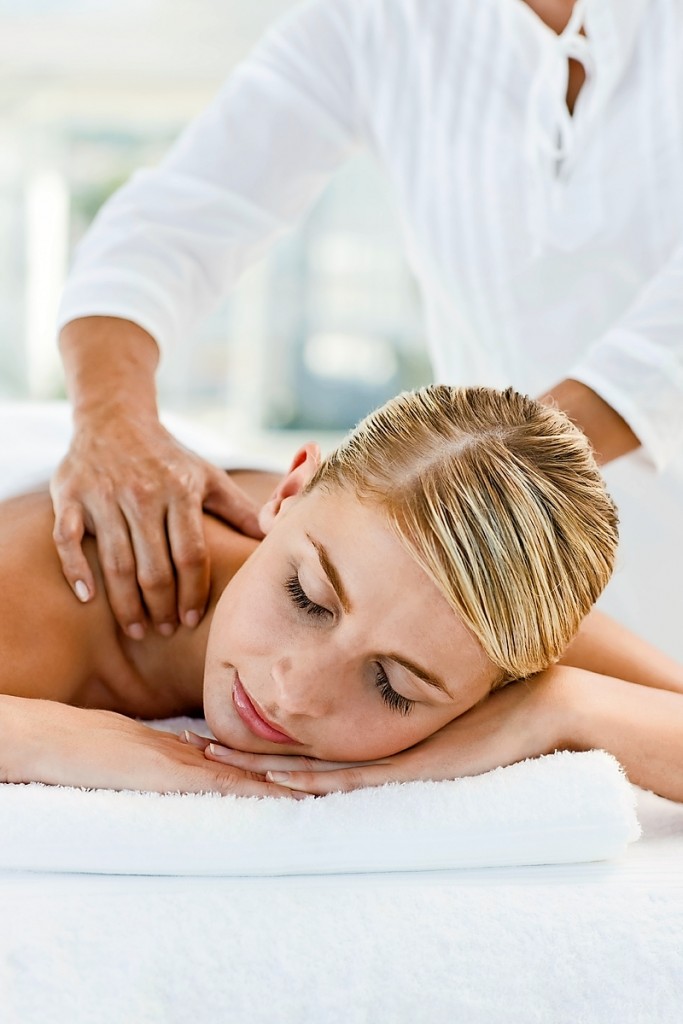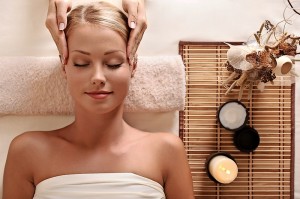Massage Secrets to Success—The Right Massage For You
By Karen Dix
February 2015 View more Featured
 The art of massage is rising in popularity and with good reason. A massage provides many health and wellness benefits and can offer anything from the ultimate form of stress relief and relaxation, to relief from chronic or temporary discomfort and muscle stress, to preparation for an athletic event or recovery afterwards.
The art of massage is rising in popularity and with good reason. A massage provides many health and wellness benefits and can offer anything from the ultimate form of stress relief and relaxation, to relief from chronic or temporary discomfort and muscle stress, to preparation for an athletic event or recovery afterwards.
Massages can cost $50 or more for an hour-long session depending on where you go, the kind of massage performed, and the skill level of the massage therapist. Many people find the financial sacrifice well worth it. However, regardless of the cost, it is important to get your money’s worth out of the massage by putting some thought and preparation into what you want before you lie down on the table.
Tips for First-Timers
People looking for their first massage need to start by first locating a qualified massage therapist. Massage therapists work in spas, franchise locations, kiosks, workplaces, and some even come to your home. Since there are many types of massages available today (see sidebar), you can seek a therapist that is a specialist in a particular modality. The American Massage Therapy Association provides a search engine to locate a local licensed therapist at www.findamassagetherapist.org. However, perhaps the best way to find a good massage therapist is the same way you find a good doctor—ask friends or family members for a referral.
“Just like a good babysitter or hair stylist, many people have a favorite massage therapist,” said Kathryn Hibler from The Healing Place. “You may not get the best massage from the most well-known place. Ask around.”
First-timers may also feel intimidated by the thought of a stranger touching them, especially if they are not particularly touchy themselves. “What’s different about massage is the intention of the touch, which is relaxation and addressing areas of tension or discomfort,” said Laura Lambert, spa director at Hotel Arista. “And at all times, the patient is in control of the situation.”
While massages may vary from spa to spa and therapist to therapist, there are industry standards that are upheld, such as how to drape the client after they have disrobed to the level of their comfort, and the importance of drinking water, both before and after the massage.
“First-timers should know that they should come to a massage hydrated,” said Lambert. “It makes the muscles more pliable so they are less likely to tense up.” Drinking water after the treatment can help expel toxins that the body releases during the massage process.
Massage Secrets to Success
The secret to a great massage is communication, both before and during the session. While that sounds elementary, many clients fail to communicate.
A therapist needs to know what you want to achieve from your massage so they can tailor their work to your needs. Do you want to relieve stress? Alleviate discomfort? Share this information during the intake period, before the massage begins, when the therapist inquires about the state of your health, past experience, and comfort level. “Tell the therapist what you are looking for in a massage, or if it is your first time. If not, tell them what has worked before,” said Hibler. The intake helps get the massage off to a good start, but communicating during the massage is the most important, and most challenging task of all.
 When you are lying in a darkened room, with your favorite music playing and a silent therapist working on you, talking can seem disruptive to the experience. “Many clients feel like they can’t say anything when they’re on the table,” said Hibler. “I always encourage them to feel free to talk during the massage. I don’t want to hear that they were uncomfortable after the fact. I want to know if my pressure is too light or too heavy, or if any touch brings discomfort.”
When you are lying in a darkened room, with your favorite music playing and a silent therapist working on you, talking can seem disruptive to the experience. “Many clients feel like they can’t say anything when they’re on the table,” said Hibler. “I always encourage them to feel free to talk during the massage. I don’t want to hear that they were uncomfortable after the fact. I want to know if my pressure is too light or too heavy, or if any touch brings discomfort.”
“Everybody’s body is different,” said Lambert. “And some people do not realize they have areas of discomfort until someone is working on them. A good massage therapist can explain why the discomfort might exist and what you can do during your daily routine to prevent it in the future.”
When It’s Good
A good massage fulfills your goal for the session and will probably lull your body into a state of relaxed bliss known as the parasympathetic state, which almost feels like a light sleep and helps the body recharge and repair. In contrast, if your therapist does not encourage feedback or listen to your direction, your experience may not be what you expected.
So book that massage, but be prepared. The quality of your massage, to a great extent, is shaped by your communication with your therapist, whether you are new to massage or an old pro.
Massage 101
Knowing the types of massages available can help prepare you for the best experience. Always provide feedback to the therapist if you feel any discomfort.
Acupressure/Shiatsu Massage: Releasing a particular muscle knot or adhesion with straight on pressure applied somewhere on the body.
Aromatherapy Massage: A sensory journey heightened by the use of aromatic oils.
Deep Tissue: A therapeutic massage featuring medium to heavy pressure to an area of concern, usually sore and overused muscles.
Hot Stones: Used as a kneading tool, a prelude to a massage, or to relax a muscle for more intense work.
Myofascial Release: Work on the myofascial (top) muscle layer to release tension and tightness and restore function.
Prental: Aimed at alleviating new discomforts caused by body changes, relaxing the expectant mother, and lymphatic draining.
Reflexology: Concentration on the feet or hands intended to open energy pathways corresponding to different body systems. Affects the endocrine system, organs, and other health conditions.
Sports Massage: Aimed at the athlete’s specific needs, such as preparing for a competitive event or recovery. A blend of Swedish, deep tissue techniques, and stretching.
Swedish: Basic massage intended for relaxation and featuring light to medium touch.





